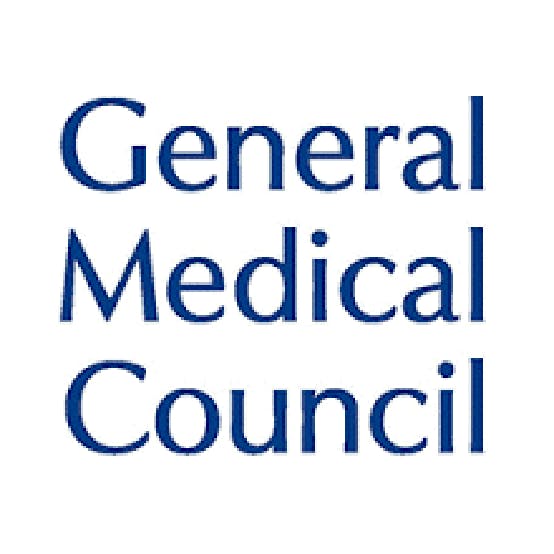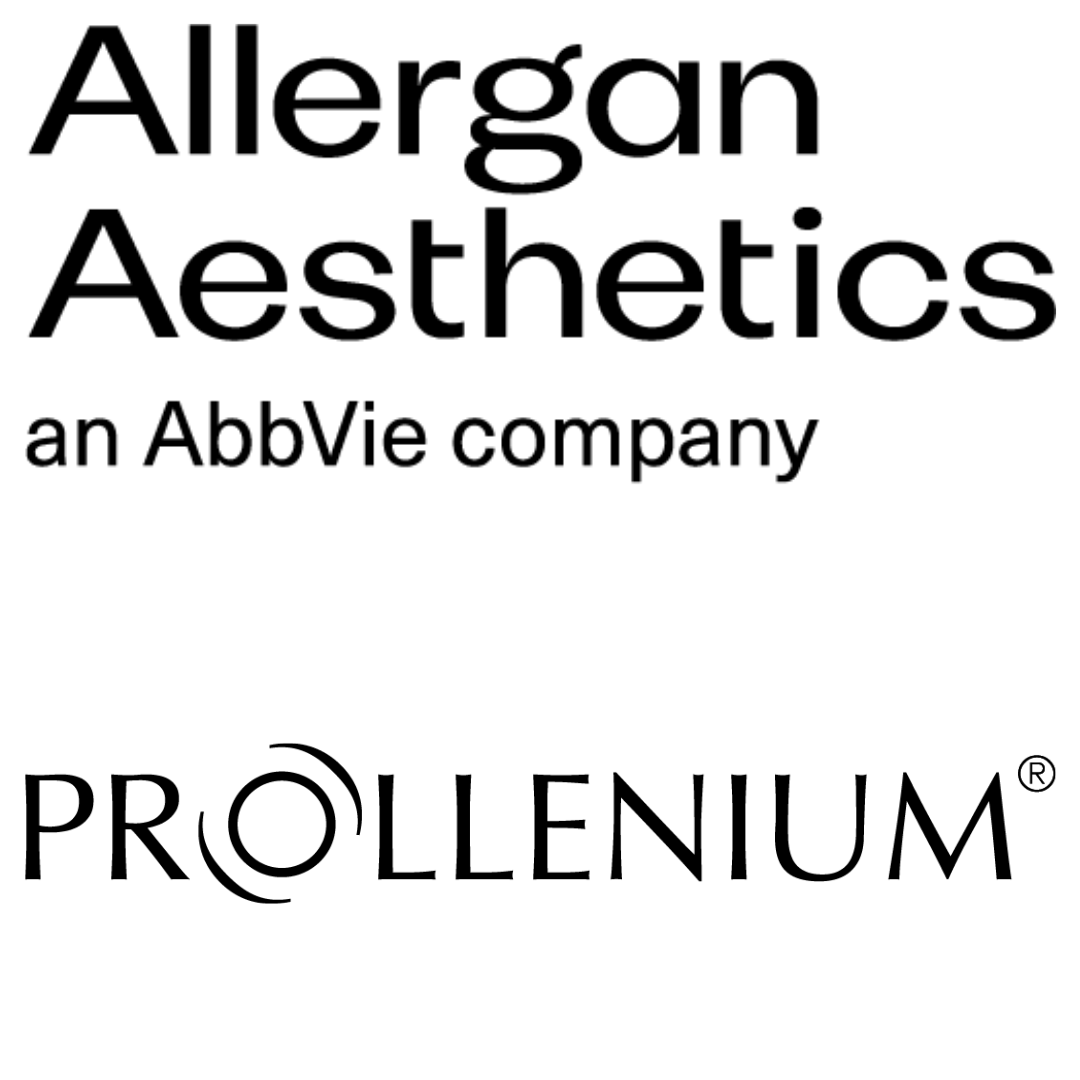How to Add Definition to Ageing Lips
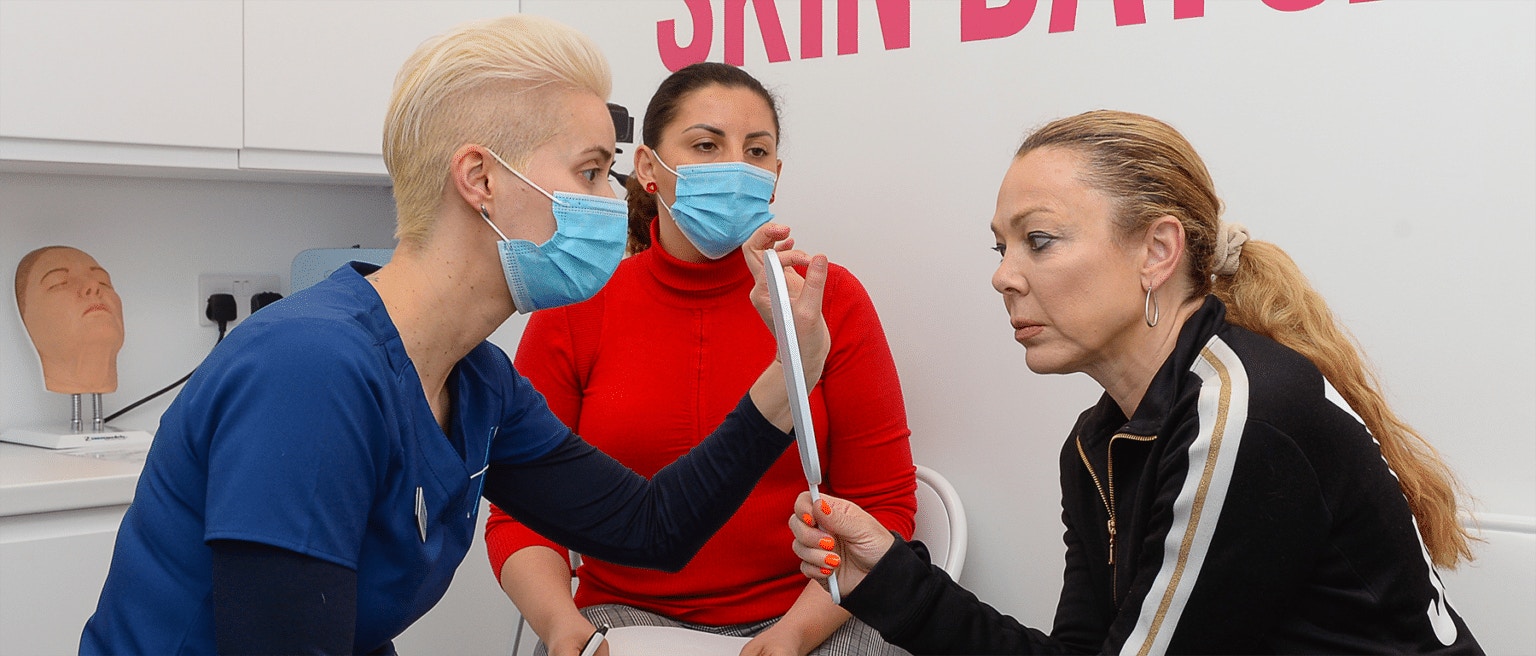
Signs of ageing lips can look like a loss of volume, contour and shape. Lip filler can be used to add definition, creating the appearance of fuller, more youthful lips.
Dr Joanna Hackney is Clinical Lead at Harley Academy and an aesthetics specialist. Talking us through the fundamentals of adding definition to ageing lips, she advises on treatments and technique.
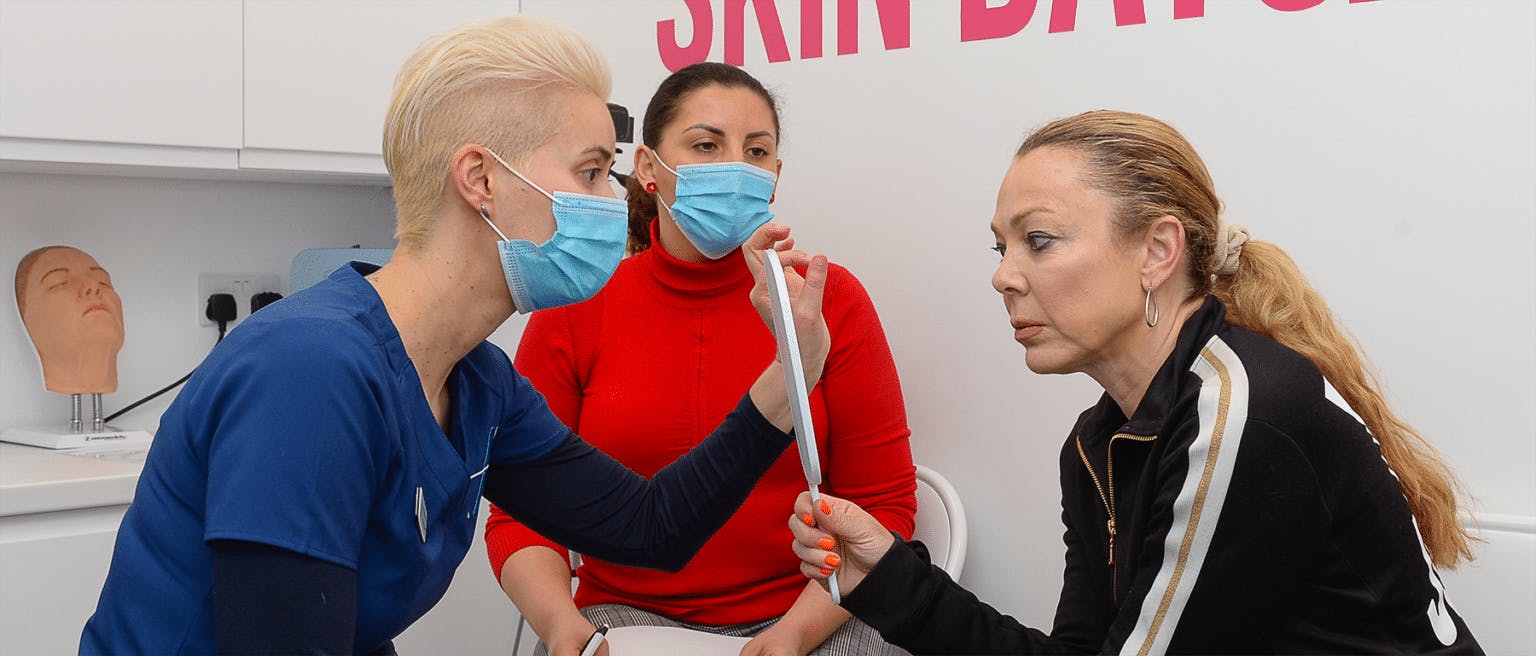
Do lips shrink with age?
We asked Dr Jo how ageing affects the lips. She explains, “As we age, the appearance of lips and the perioral area alters.”
“Secondary to both hard and soft tissue changes, this can lead to the formation of rhytids and folds, as well as the loss of volume and contour.”
She goes on to specify that “there’s a flattening of the cupid’s bow and a loss of volume of the tubercles in the lip body due to atrophy of deep fat pads as well as sub-orbicularis fat. Also there is an increase in intercommissural distance, a loss of structure of the vermillion border, and an elongation of the philtral column.”
Do all ethnicities experience ageing lips?
“Age related changes to the anatomy and appearance of the perioral area occur in all ethnicities.” However, these changes can vary, Dr Jo notes.
“Decreased lip volume and perioral rhytid formation are often more pronounced in caucasian skin. This is most likely secondary to their increased susceptibility to photoageing and UV damage.”
She expands further that some “studies have shown that Asian and African American ethnicities present fewer signs of ageing in the lips and perioral area. They also showed a decreased tendency to form rhytids and exhibit loss of lip volume.”
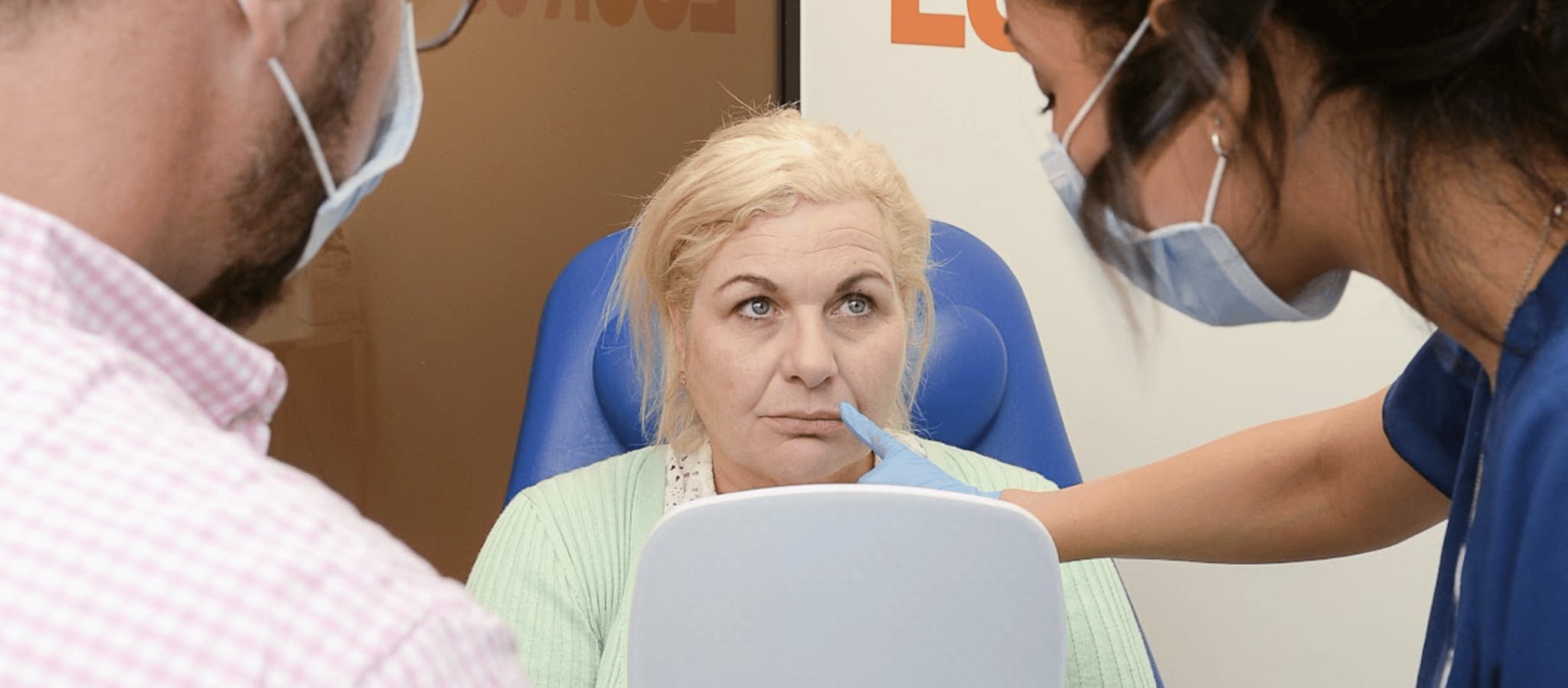
What to look for when assessing mature patients’ lips
Dr Jo describes the process as part of a full facial assessment. “You should look at the size, proportions, skin quality, projection and volume of the lips.”
She explains that when “assessing the surrounding anatomy, you should look out for bone resorption – notably maxillary. Also, changes in the dentition, prominence of nasolabial folds and loss of mid-face volume. Look for the presence of marionette lines and loss of support at the oral commissures. Also assess the contribution of repetitive muscular contraction of the lip depressors. This could lead to the appearance of a downturned mouth.”
“Assessing the perioral skin quality is also crucial. Check for signs of photoaging, presence of rhytids, loss of collagen and elastin.” Dr Jo advises on assessing the following:
- Structure of the vermillion border
- Length and definition of philtrum and cutaneous portion of upper lip- sub nasale to vermillion border
- Structure and height of cupid’s bow
- Volume of lip tubercles and changes in distribution of lip volume (medial and lateral lip volume becomes more evenly distributed as medial lip volume decreases)
- Assess for widening of intercommissural distance. ‘Smile’ becomes wider transversely due to repetitive contractions of muscles of expression.
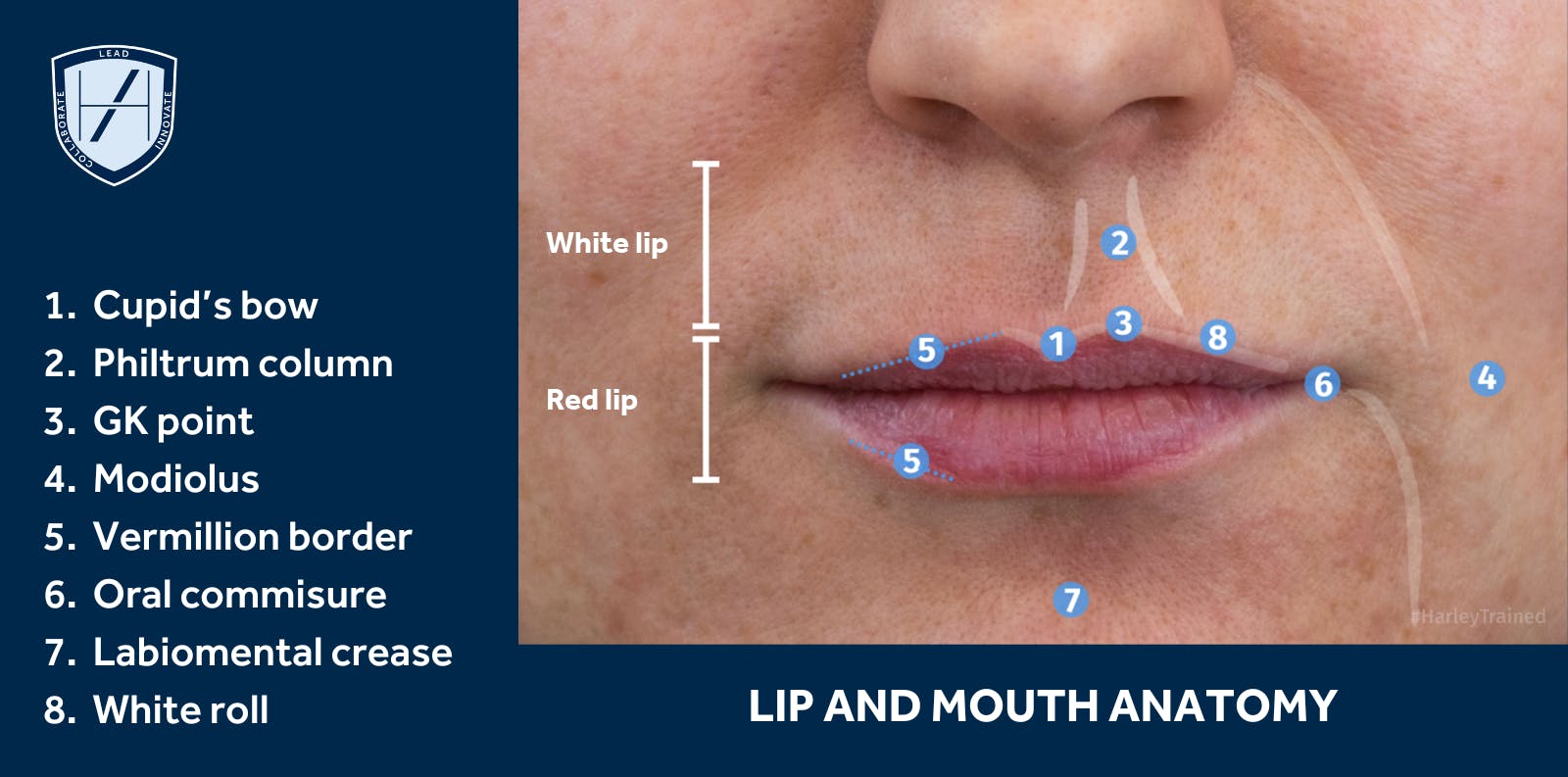
The best treatments to add definition to ageing lips
There’s a few different treatments that can add definition to ageing lips and the perioral area. However “treatments should be carefully considered according to the patient’s individual presentation”, Dr Jo explains.
Here are some of her recommendations:
1. Mid-face augmentation with dermal fillers to create a minor lift of the upper lip and decrease appearance of the elongated philtrum
2. Soften marionette lines and provide support to the lower lip at the oral commissures with filler, augmenting the lower face
3. Correct loss of volume in the lip tubercles, creating augmentation of the lip body with dermal filler
4. Replace any loss of structure in the vermillion border with a small amount of soft tissue filler (caution not to over-augment here)
5. Relax the muscles that contribute to the appearance of rhytids, skin folds and a downturned mouth using botox. This can be placed in the orbicularis oris, DAOs and platysma. Superficial soft tissue filler or skin boosters can soften the appearance of dermal folds and rhytids. Carefully consider the potential side effects first. Only administer these treatments after more advanced toxin training.
6. Skin treatments such as chemical peels, laser-based treatments, microneedling and mesotherapy. These aim to increase collagen and elastin production, softening the appearance of rhytids.
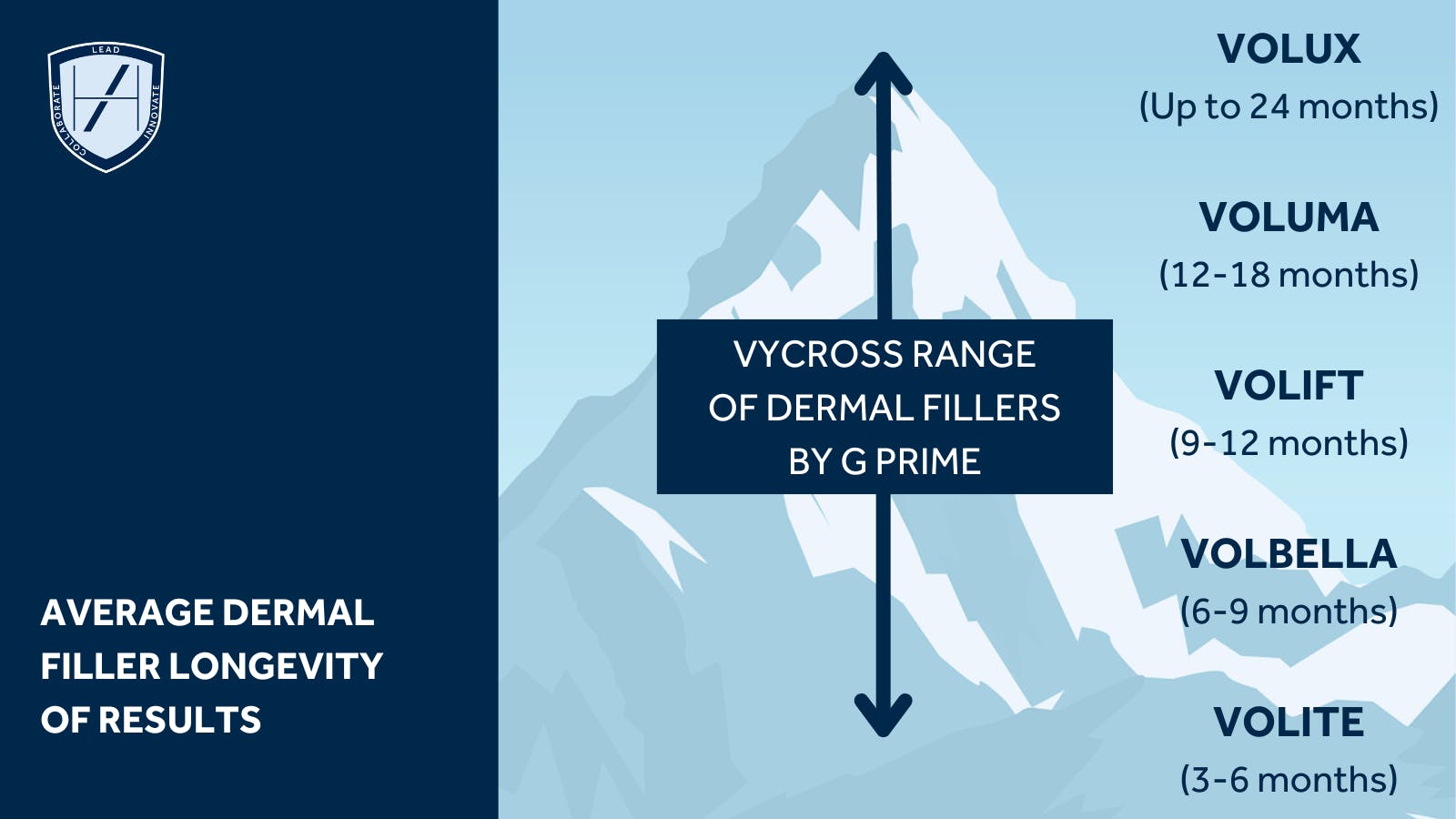
What’s the best way to administer treatment?
Dr Jo explains how to administer treatments and the best injection techniques, tools, filler type and needle or cannula size. She explains how “injection techniques for administering dermal fillers in the mid-face can vary. A needle or cannula can be used to augment the cheeks lateral to the mid pupillary line. More medially, a cannula should be used.” She recommends a 25G and a high G prime filler is preferential.
For augmenting the nasolabial folds, oral commissures and marionette lines, Dr Jo uses a cannula. She advises this should be used in layer 2 for those more superficial treatments.
She goes on to explain that a “combination of fanning and retrograding linear threads will achieve nice results.”
“When it comes to the vermillion border, I’d recommend very soft filler in small quantities with a 30 or 32G needle in layer, performing a low volume of retrograde linear threads. Less is more here!”
“In the lip body, it depends on the practitioner’s level of skill. A cannula (25G) or needle (30G) may be used in layer 2 for volume to the medial tubercles. A soft filler is recommended for more mature lips”, Dr Jo highlights.
She goes on to note that for the “cutaneous upper lip, you can use a cannula in layer 2, or direct treatment with a needle (32G or 30G) to the perioral lines directly. A cross linked skin booster such as Volite is a good product here, but again be very careful not to over treat.”
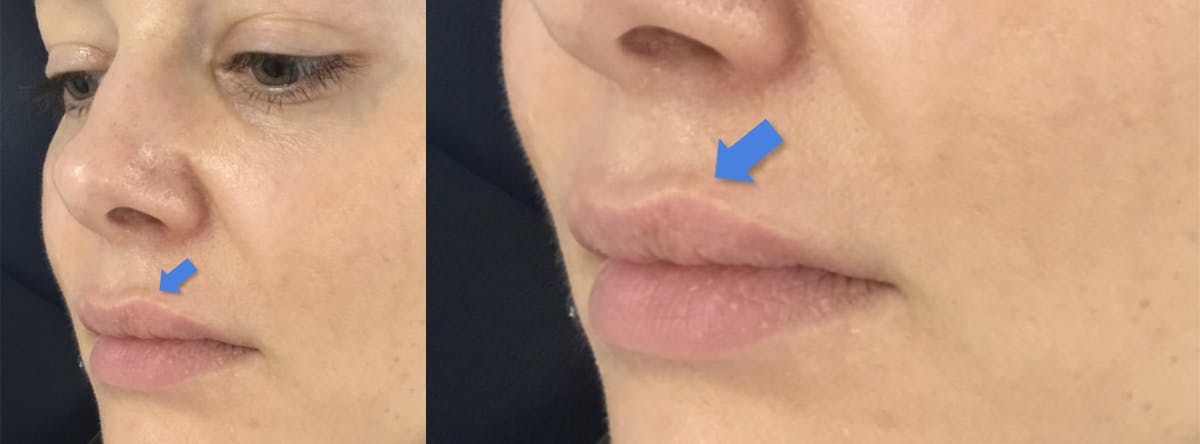
What common mistakes should you avoid when treating ageing lips?
“There’s a few common mistakes to be aware of”, advises Dr Jo.
“Overtreating the perioral area, particularly the cutaneous upper lip can lead to over filling, heaviness, and further elongation and lengthening – inverting the upper lip. This can actually add to the aged appearance.”
Similarly, overfilling the vermillion border can create an unnatural aesthetic and can, in fact, lead to filler migration.
Another mistake Dr Jo notes can be “overfilling the lip body itself. You want the lips to sit in harmony with the rest of the face. Overfilling the lip body will create an inflated look that won’t produce a natural aesthetic in a mature patient.”
What should aesthetic practitioners be wary of when it comes to complications?
Dr Jo states that “a thorough and careful consultation with the patient is key. Here, you’re able to discuss realistic expectations, treatment limitations and the need for a multi-modality treatment approach.”
“It’s also crucial to consider their comorbidities and drug history” explains Dr Jo. She cautions to not “attempt to treat all concerns in one sitting or combine treatment modalities in one day. It’s best to start a treatment plan and give yourself the time to assess the results before deciding on the next step.”
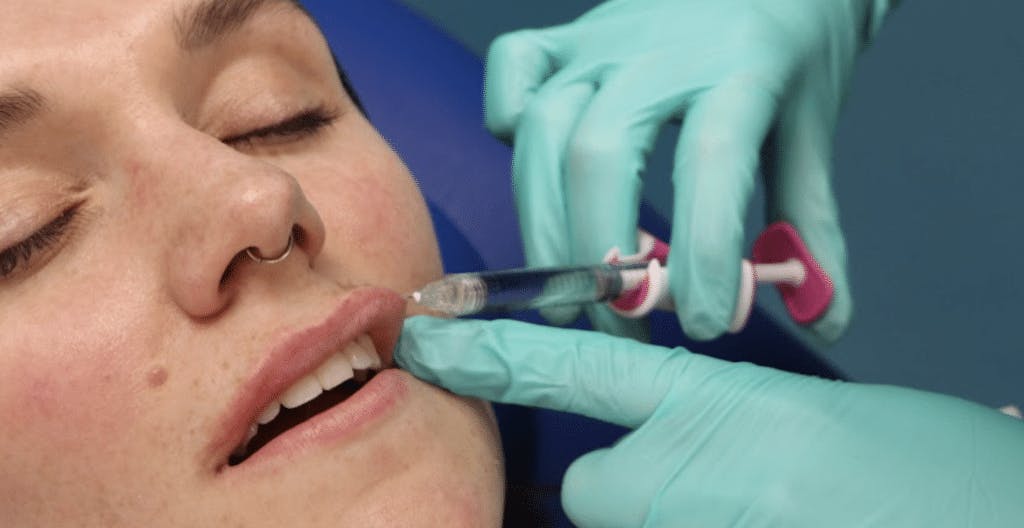
Learn how to administer lip filler
One of the cornerstone filler treatments every new aesthetics practitioner wants to learn is lip filler. It’s probably the most popular injectable treatment and can produce significant patient satisfaction.
For beginners, our Core Training in Botox & Dermal Fillers will help you develop your skills in injectables. This is an entry-level course to help you get a solid grounding in the key toxin and filler techniques.
If you’re looking for a more in-depth learning experience, we recommend taking our Ofqual-regulated and JCCP-approved Level 7. The Level 7 Diploma in Botox & Fillers is a postgraduate qualification and provides Master’s level aesthetics training for medical professionals.
For tailored education on lip fillers, our Perioral & Lip Filler Masterclass will elevate your practice. Designed to equip you with several perioral rejuvenation techniques and upskill your treatment of more mature patients. You will also explore a range of lip filler techniques, including tenting and the toxin Lip Flip.
For more information on our range of medical aesthetics training courses, reach out to our Courses team. Book a call to receive personalised advice on finding the best aesthetic medicine education for you.





